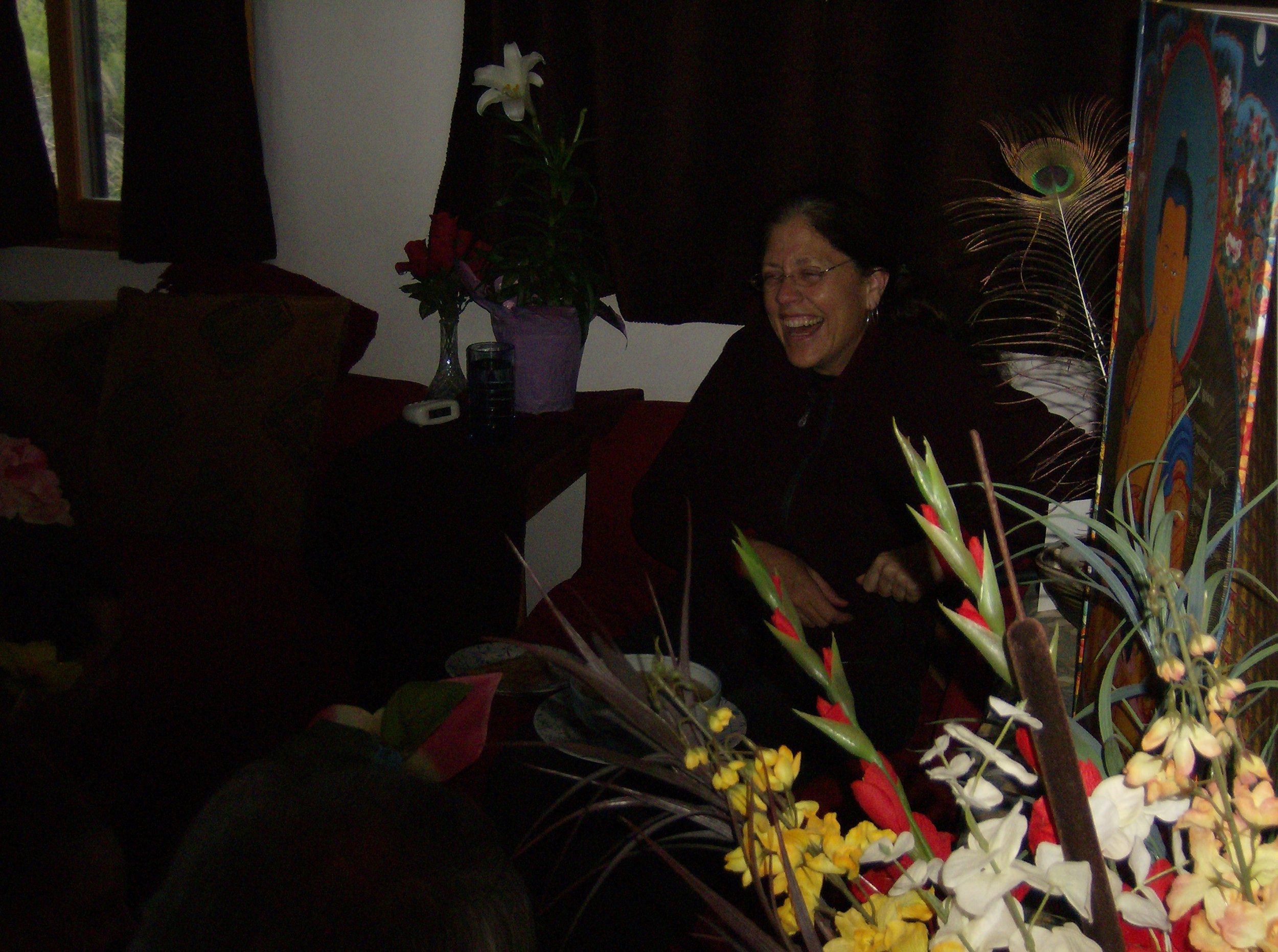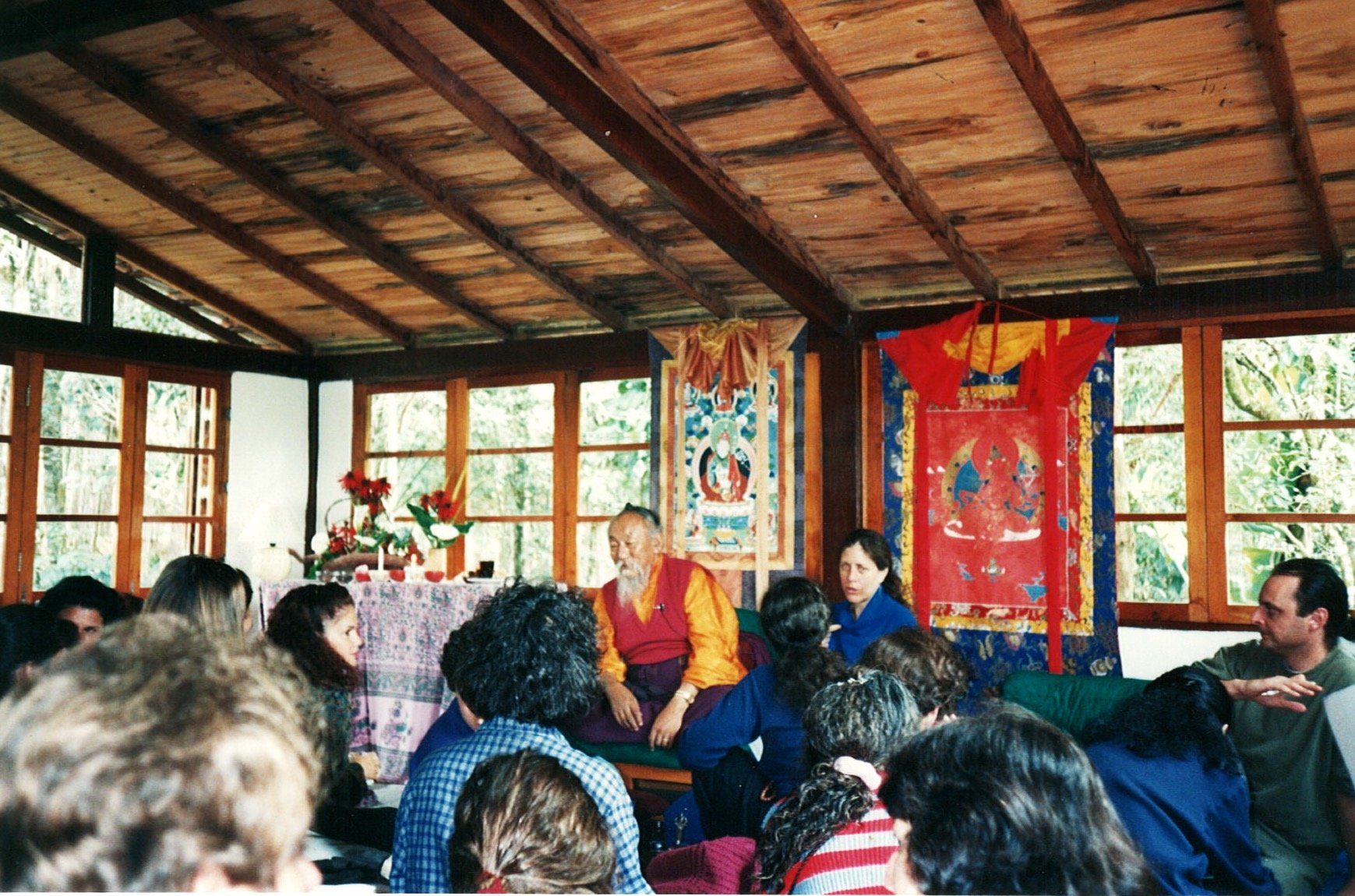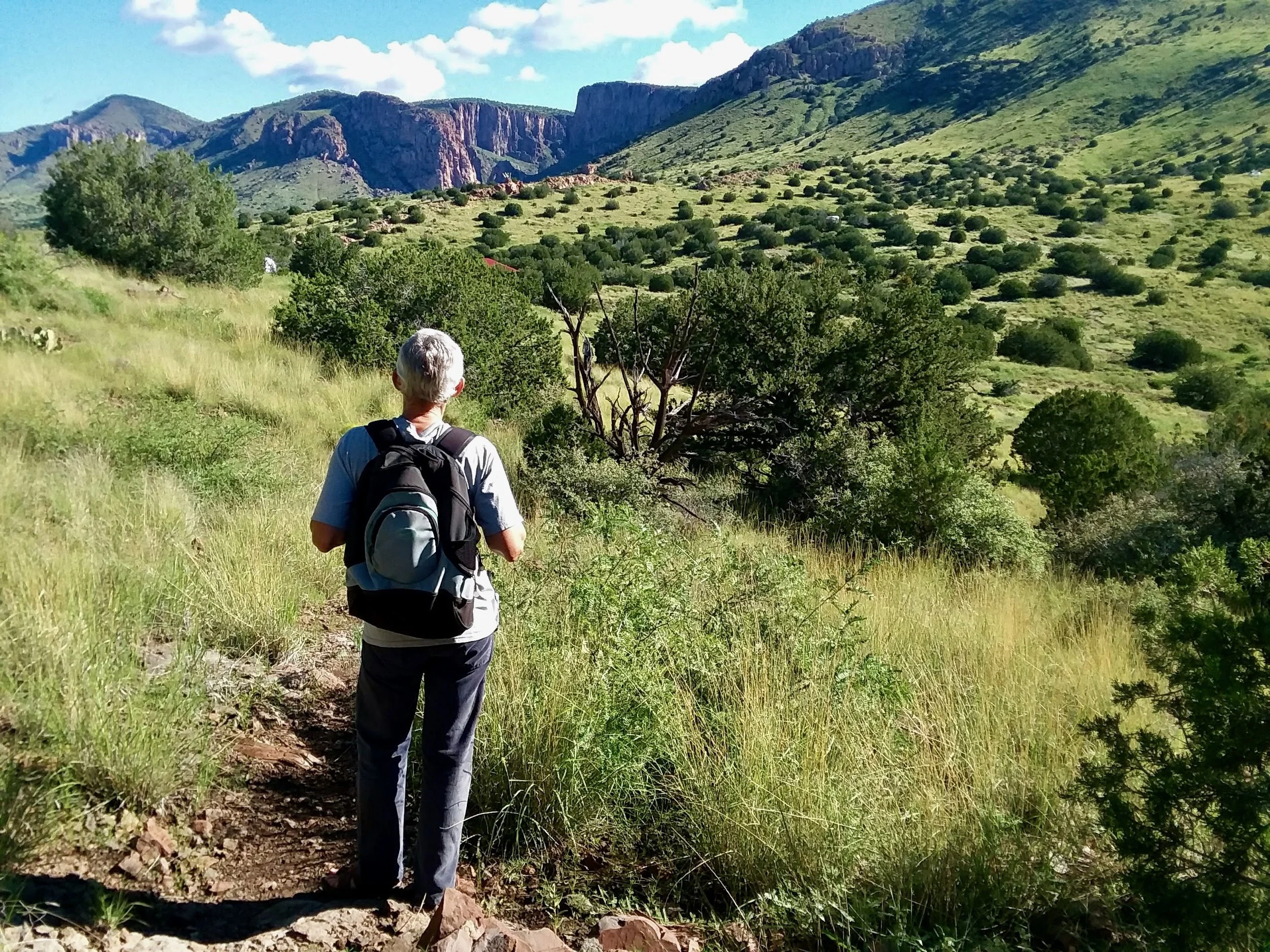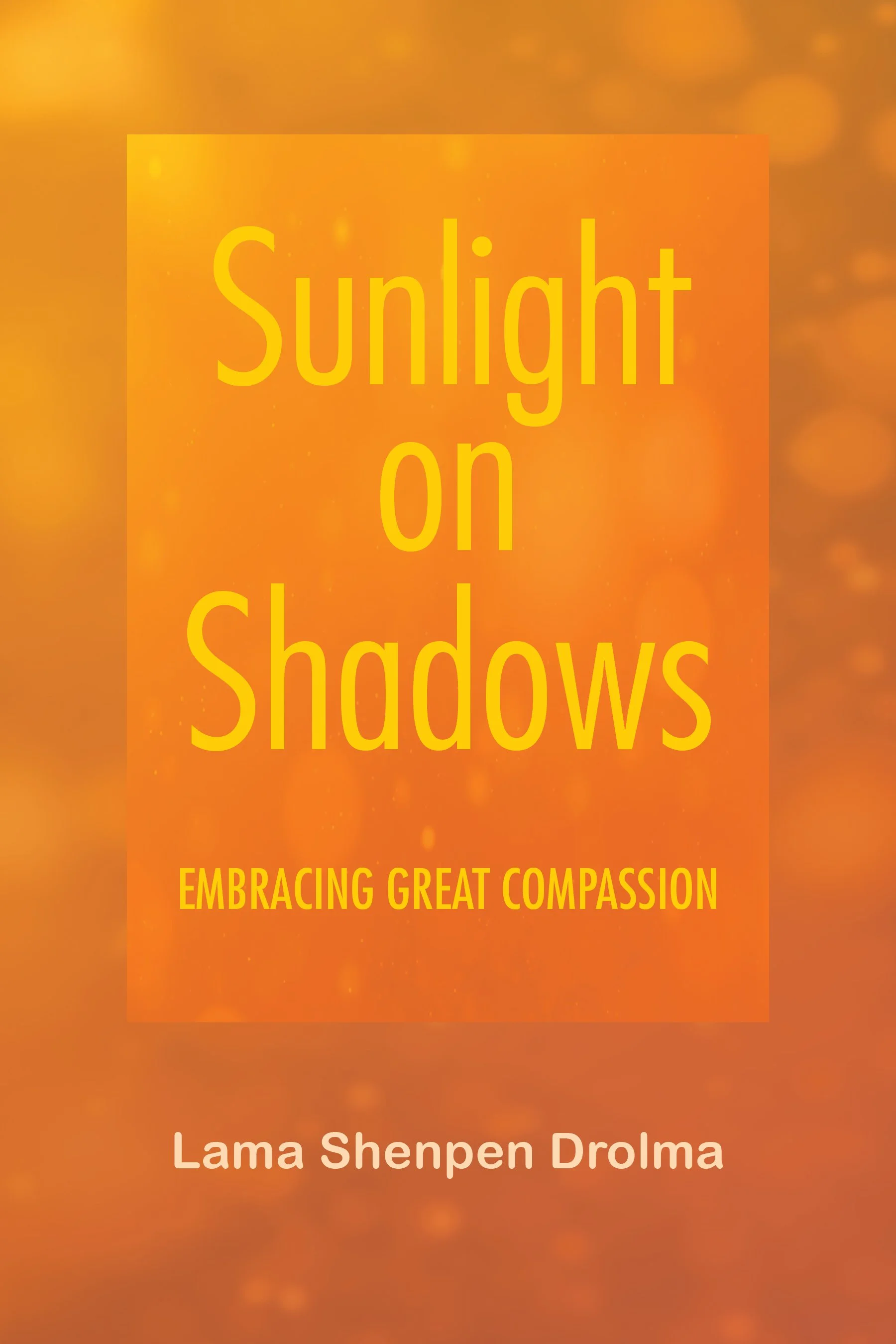Lama Shenpen Drolma
THE BODHISATTVA PEACE INSTITUTE
“For the power of peace to touch every person, community and nation on this earth, it must radiate out from the profound peace within our own minds.”

“Lama Shenpen provides a seamless bridge between the philosophy of Mahayana Buddhism and the contemporary challenges of doing social change, advocacy, peace, and justice work.”
The Bodhisattva Peace Institute
The Bodhisattva Peace Institute offers trainings for those who wish to effect positive change in their lives and the lives of others. The trainings make accessible to people of all religions and walks of life the profound methods of the Mahayana Buddhist tradition for awakening wisdom and compassion.
Through the Bodhisattva Peace Institute, (BPI) Lama Shenpen offers a variety of learning and practice opportunities that teach potent, nondenominational methods for the cultivation of good heart along with the means for sustaining compassion in the face of adversity. Originally developed under the guidance of her teacher Chagdud Tulku Rinpoche, the training relies on the depth and authenticity of an unbroken lineage of skillful means dating back over two millennia to the very heart of Buddhist insight and wisdom.
The BPI offers weekend Bodhisattva Peace Trainings at the Bodhisattva Peace Institute Headquarters at Iron Knot Ranch in southern New Mexico twice a year.
Visit our event calendar for upcoming Bodhisattva Peace Trainings.
Through this work, may the aspiration of Chagdud Tulku Rinpoche be fulfilled: that the light of wisdom and compassion radiate outwards, like one candle illuminating the next, until the entire world is filled with light.
WHY MEDITATE?
“The root of all difficulty and conflict lies in the mind; therefore, the solution to all difficulty and conflict lies in changing the mind. To do this, we practice meditation.
”
Mental habits drive our actions, and our actions lead to outcomes. If we find that the ways we’ve tried to create benefit for ourselves and others haven’t produced the outcomes we wanted, we must change our mental habits. Meditation is a means to produce that change.
“Most people think that meditation just involves allowing the mind to rest in a non-conceptual state. But if we simply strive to let the mind relax without having applied methods to transform our habitual patterns, we won't see much change. If we push the "pause" button on a tape recorder, the sound will stop; when we release the button, the tape will continue to play the same tune. Just because we pause and take a break from our mental habits during resting meditation, this doesn't mean that we have erased the tape of the habitual mind. To actually do so and record a new one, we don't force a non-conceptual state but instead engage in effortful meditation — repeatedly bringing the mind back to a spiritual topic or point of concentration, no matter how often we become distracted.
The method of effortful meditation that we use in the Bodhisattva Peace Training is contemplation. We repeatedly contemplate the teachings, imprinting them on the tape of the mind. Then we press the pause button, relax, and release it, what we hear will be different than before. Contemplation has the power to change the mind's patterns, replacing our negative habits with virtuous thoughts.
Effortful meditation will produce a degree of understanding and some change in mind's habits but will not, by itself, bring [awakening]. Only effortless meditation — resting in recognition of mind's nature — will do that. Because the verb "to meditate" implies effort, in this training we use the phrase "allow the mind to rest or relax." Effortless meditation does not involve any striving; the mind simply abides in a state of relaxation that allows us to know its nature.
In meditation, we work toward a balance between contemplation and mind at rest. Contemplating without resting is like stirring the sediment in a pond. On the other hand, resting without contemplating is like practicing archery without a target. We cut through mental dullness and attachment to emptiness through contemplation. Then we cut our attachment to concepts by letting the mind rest. We go back and forth, so that we are neither consumed by swirling concepts nor lost in a dull or coma-like state free of thought.
Alternating between contemplation and relaxation keeps the mind fresh, more wakeful. Effective meditation lies in the turn from one experience to the next, the point where the mind is instantly open and unadorned. Ideally, the mind in meditation is like water tumbling down a cliff. It becomes clearer each time it hits a rock and changes direction, until it reaches the bottom and its pure.”
- Extracted from Change of Heart: The Bodhisattva Peace Training of Chagdud Tulku Rinpoche






